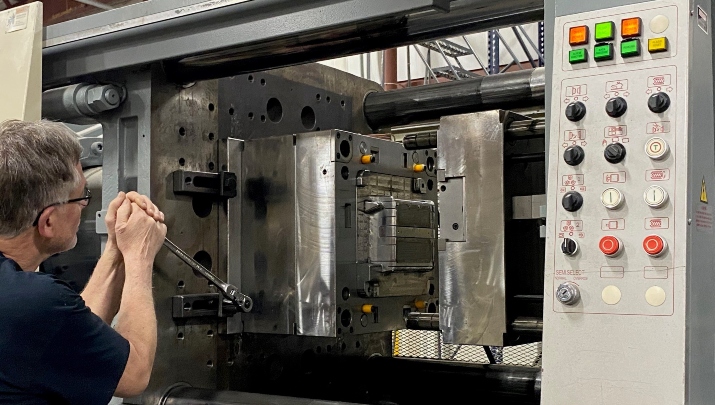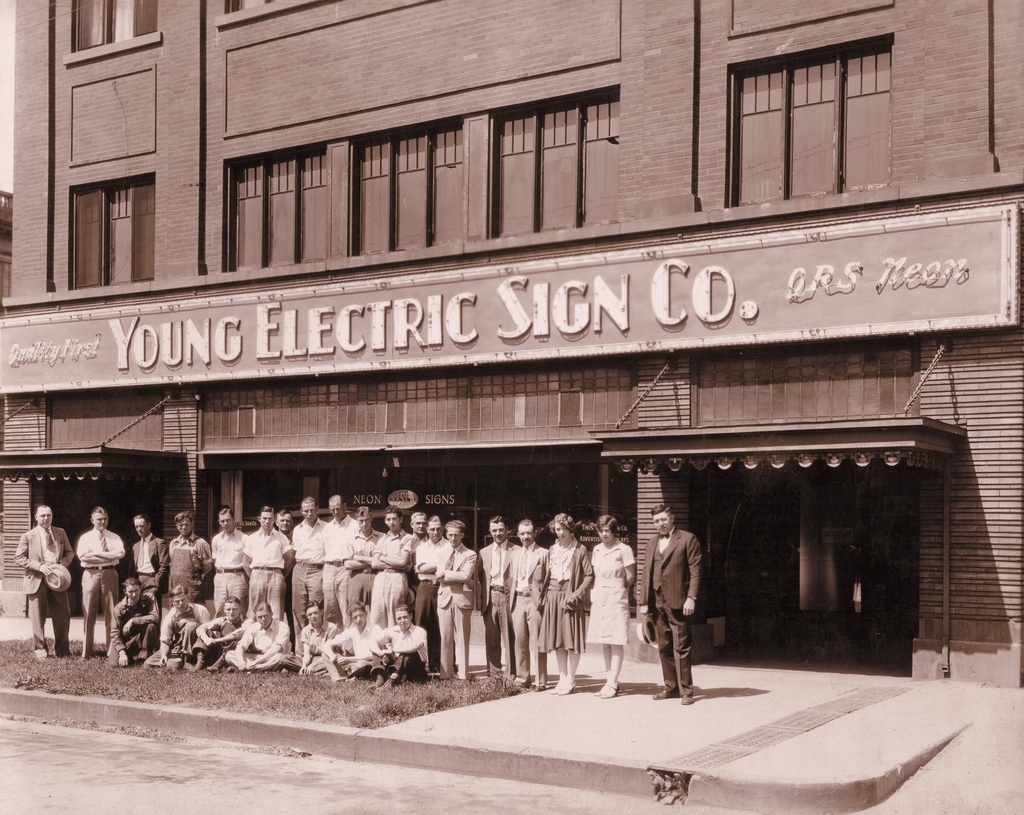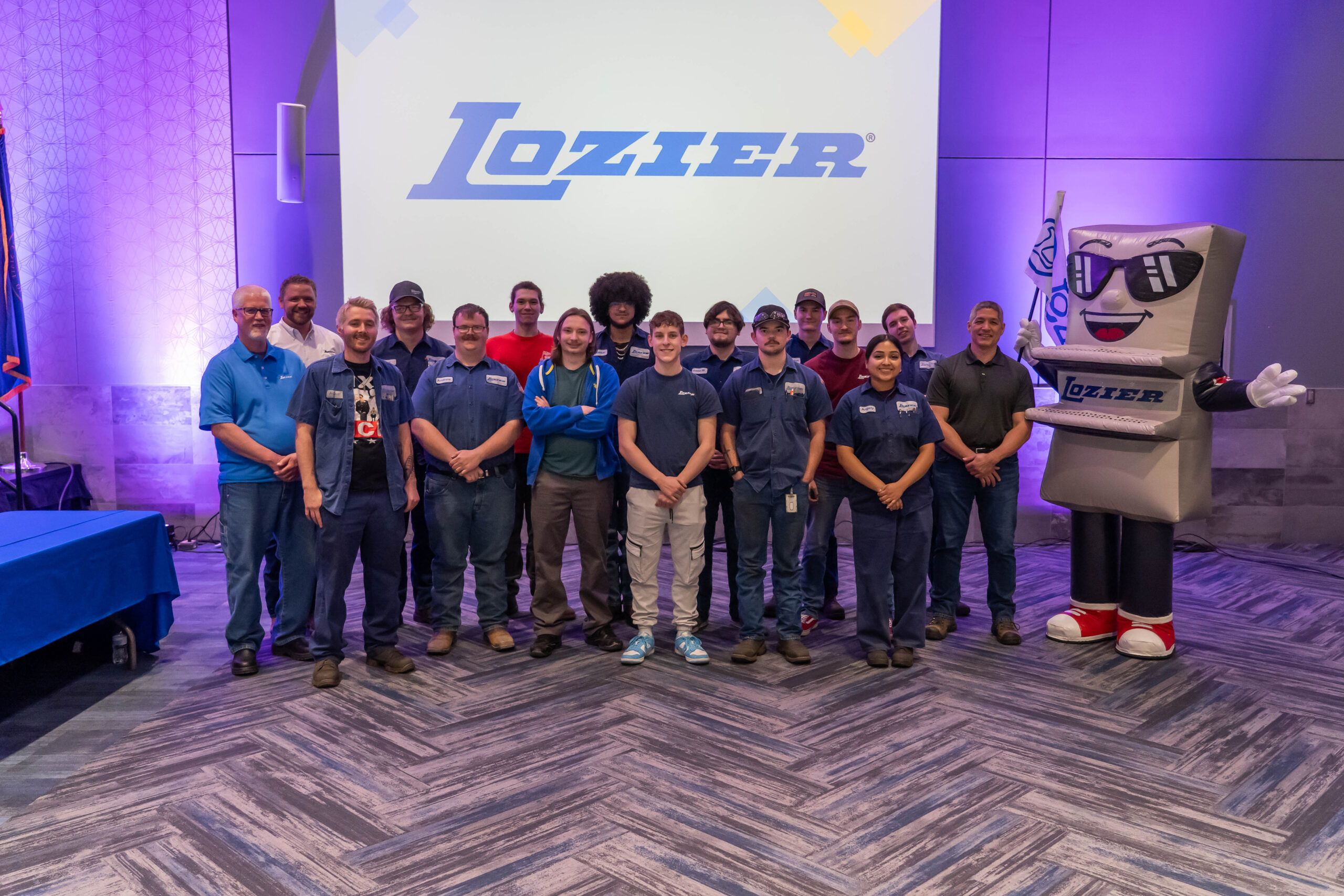

Growing Our Evergreen Companies When Times Are Tough
- Kirk Aubry
- Savage
The current health and related economic landscape are bad and are likely to get worse. For many, from CEOs to Team Members, this might be the first big downturn they’ve seen first-hand. It’s one thing to read about a downturn – it’s another to live through one.
While it might be tempting to curl up into the fetal position, we have work to do. At our company, Savage, which provides service offerings for truck, rail, and marine transportation and logistics, materials handling, and other industrial services, we’re taking steps today to weather this storm, support our people, and, grow our businesses.
Step 1 – Preserve the Cash
This situation requires a laser focus on preserving capital. Sadly, I’ve seen this show before – having been through a downturn about every ten years in my 40-year career. There’s one lesson I learned the hard way: “Don’t ever run out of cash.” An unprofitable company can run for years, but a company without cash doesn’t last very long. So, in a crisis, anything and everything we can do to preserve cash should be on the table. Halting capital expenditures, cutting overtime, freezing wages, eliminating new hiring, reducing travel, slowing payables, speeding receivables, etc. I’ve been through enough downturns to know that you can never cut too soon, too fast, or too deep because you’ll always wish you’d done more.
This can feel counterintuitive, but it’s essential. As entrepreneurs, we tend to be optimistic, and we want to believe that we can solve any problem – that things will work out if we just work harder. That optimism is what creates success but it can also cause problems. This is a time to tap into our entrepreneurial energy and be as creative about cost-cutting as we are about everything else. And, for Evergreen companies, it’s critical that we do it all while honoring the principles and values that have made our companies unique.
That means we’re looking critically at every dollar we can cut without limiting our growth. We’ve turned off the spigot on capital expenditures, frozen all hiring, and delayed wage increases. We’re also considering voluntary, unpaid sabbaticals for those who have the financial freedom to take a 90- or 120-day leave, and we have a list of very specific actions we can take depending on the depth, duration, and impact the downturn has on our Customers. We’ll continue to dig deep and evaluate every opportunity to preserve capital and provide this vital cushion as the downturn progresses.
Step 2 – Change your Team’s Mindset
All the cost-cutting and cash-preservation actions will send fear throughout an organization. So this next part becomes even harder. Now we have to shift our teams to thinking about growth. In 2008, when the economy was in free-fall, our company actually grew. Think about that for a minute – if you remember 2008, it’s pretty amazing. Our team did it by changing the focus from the terrible things that had happened, or that people were afraid were going to happen, to how we could tap into the needs of our Customers and solve their problems.
It’s easy for fear to cloud the vision and stall objectives in a scenario like the one we’re facing today. We know that mitigating fear—of the personal health risk and the financial impact—by providing information and reassurance is a powerful first step.
We held a company-wide virtual town hall meeting to share facts and statistics about the COVID-19 pandemic, to provide information from trusted health sources, and valuable context about the impact to the economy and our company. The health information answered a lot of questions our people had and offered reassurance of all of the steps we were taking as a company to ensure their well-being.
We also offered factual and compelling information to put the current economic downturn in context and provide a sense of the bigger picture. Realizing, or being reminded, that our company actually grew in 2008 provided a different context for having the conversation about growth. Asking our Team Members to step back and consider that while it might feel like we’re getting pummeled today (because we are), when you look at the long-term picture, downturns are blips on the screen and can actually provide opportunity. That’s a critical message to propel the team to engage and refocus on the long-term horizon.
Providing information and context allows our people to see the bigger picture, so we can shift our shared mindset from reacting to a negative situation to creating a positive outcome. We can start to ask, “How can I create value for the company or create value for the customer because that’s going to be better for everybody.” We can channel creative energy to ideas and solutions that will add value instead of wasting time on worry and fear.
It’s not our job as leaders to offer platitudes in situations like this. Instead, it’s the time to put our teams to work solving problems – doing what they do best.
Step 3: Create Opportunities for Growth
This shift in mindset helps us look at the current situation and ask important questions that’ll help us not only survive this challenge but grow into the future:
- What obstacles/issues are our Customers facing?
- How can we help our Customers manage their slow-downs?
- What new opportunities does this situation create?
- How can we lock in Customers in now for long periods?
- Would it be better for us to partner with someone?
- How do we leverage our infrastructure costs to support a larger combined business
- Are there new opportunities to make acquisitions?
You don’t have to look far to see examples of innovation driven by our current situation:
- Yoga studios offering virtual classes;
- Restaurants providing curbside/delivery service;
- Health clubs extending favorable extension terms for members who continue to pay monthly fees even when they can’t use what they’re paying for;
- Wineries holding online tastings.
For us, the best example is a service that we’ve offered for years, for decontaminating facilities after a spill or release of a toxic substance. It works extremely well for sanitizing and decontaminating locations. We’ve branded it “SafeSite,” and we’re seeing incredible demand from Customers who want us to help make their facilities clean and safe from the spread of the Coronavirus.
This is the time to think about our Customers and what they’re struggling with, and we’re asking our people to help us figure it out. The reality is that despite the hardship of a downturn, Customers are often much more open to different and creative solutions during these periods, and that offers us an opportunity to step in and provide solutions that can lead to long-term projects and partnerships that create lasting value. Even ideas that have been proposed in the past, can have a new life when Customers are much more open-minded about finding ways to solve their problems.
As we continue to engage our Team Members, help our Customers, and evaluate choices we make to sustain the long-term health of our company, we know we’re not immune to the impact of the challenges of this time. This will affect all of us. But I know that if we can embrace a proactive, creative mindset, we will emerge stronger as a company. We’re creating resilience as we persevere through this downturn, as we have through those that have come before. As is frequently the case, Warren Buffett said it best:
“Every decade or so, dark clouds will fill the economic skies, and they will briefly rain gold. When downpours of that sort occur, it’s imperative that we rush outdoors carrying washtubs, not teaspoons. And that we will do.” – Warren Buffett (2016 Annual Letter)
Kirk Aubry is President and CEO of Savage.
More Articles and Videos

Fireside Chat with Dave Thrasher, Dan Thrasher, and Dave Whorton
- Dave Thrasher, Dan Thrasher, & Dave Whorton
- Supportworks and Thrasher Group

Get Evergreen insight and wisdom delivered to your inbox every week
By signing up, you understand and agree that we will store, process and manage your personal information according to our Privacy Policy






